Occupational lung diseases
Occupational lung diseases are work-related lung conditions of the respiratory system.
If a person is exposed to a hazard at their workplace, such as dusts, gases, fumes, vapours, mists or microorganisms they are at risk for developing a disease.
These hazards are airborne contaminants which are potentially harmful substances that are either not naturally in the air or are present in an unnaturally high concentration and to which workers may be exposed in their working environment.
Occupational lung diseases include a broad range of lung diseases that may be acute, sub-acute or chronic, and either malignant, non-malignant, or infectious in nature.
Types of occupational lung diseases
Pneumoconiosis is lung disease that is caused by breathing in certain types of dust. Common types are:
- dust with aluminium (aluminosis)
- asbestos (asbestosis)
- dusts or vapours with beryllium (berylliosis, also called chronic beryllium disease)
- cotton dust (byssinosis)
- coal dust (coal workers’ pneumoconiosis, sometimes called ‘black lung’)
- dusts of hard metals such as tungsten, tungsten carbide and cobalt (hard metal pneumoconiosis, also called hard metal lung disease)
- crystalline silica (silicosis)
- talc dust (talcosis)
Other lung diseases can be caused by breathing in:
- asbestos or wood dust (mesothelioma and other cancers)
- some chemicals or allergens, like pollen (asthma), some gases or fumes (chronic bronchitis or chronic obstructive pulmonary disease (COPD))
- exposure to the Coxiella burnetii bacteria in contaminated dusts and aerosols (Q fever)
If you think you are at risk of an occupational lung disease
You can complete a checklist designed by Lung Foundation Australia to check how healthy your lungs are.
Lung Foundation Australia has a fact sheet with information for those living with silicosis.
For further information and support visit Lung Foundation Australia's website

